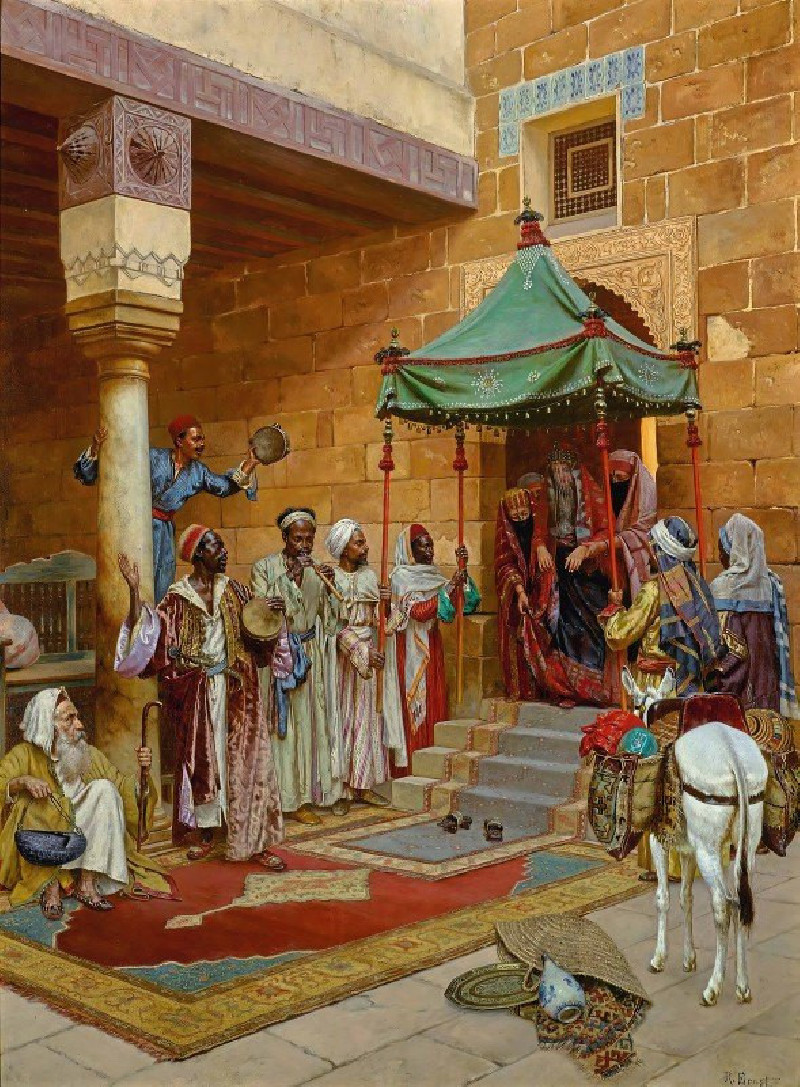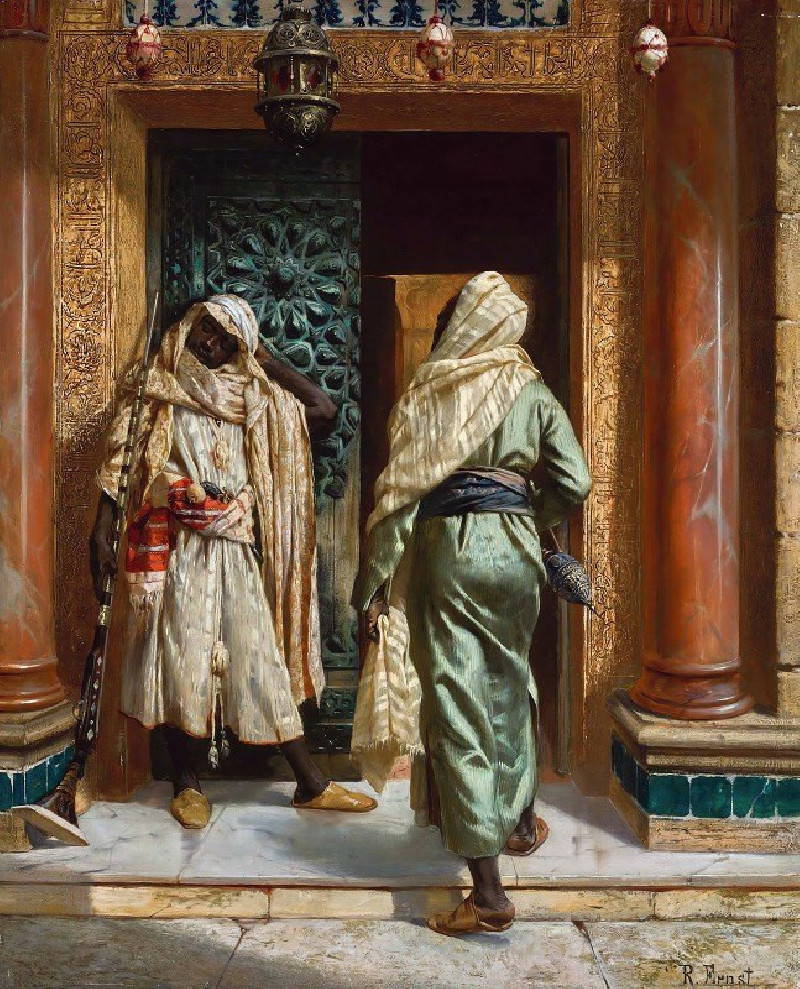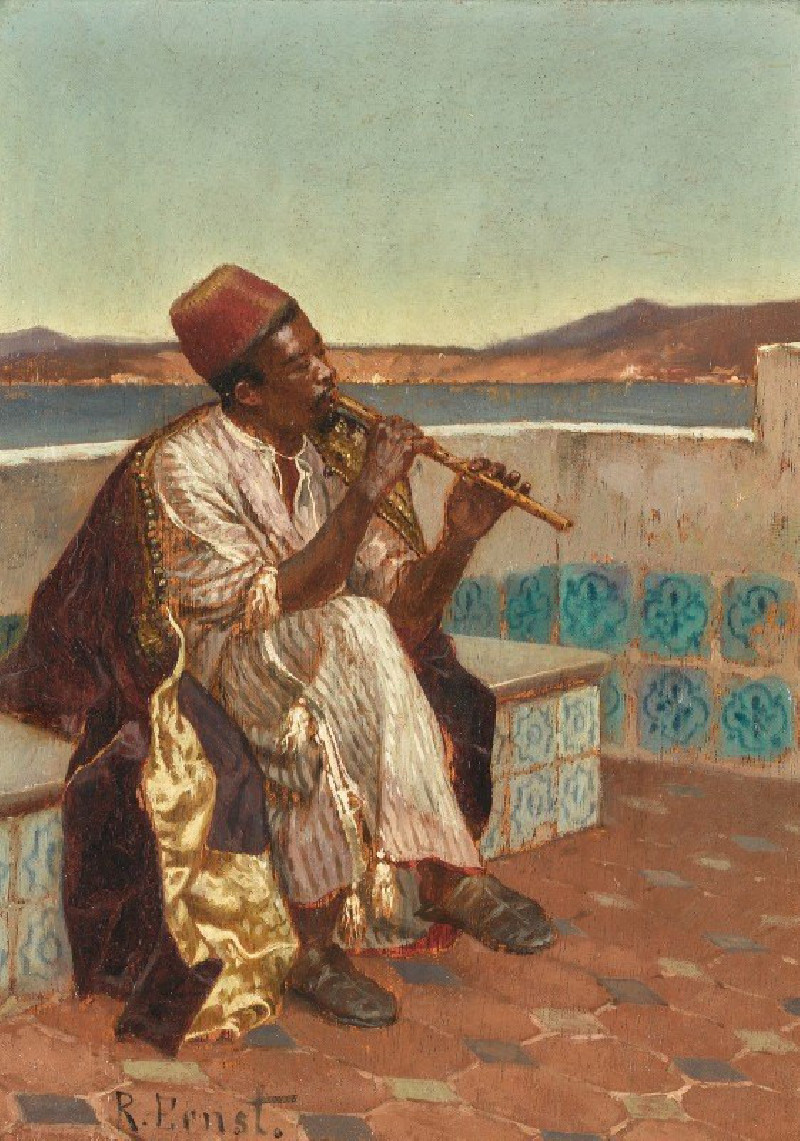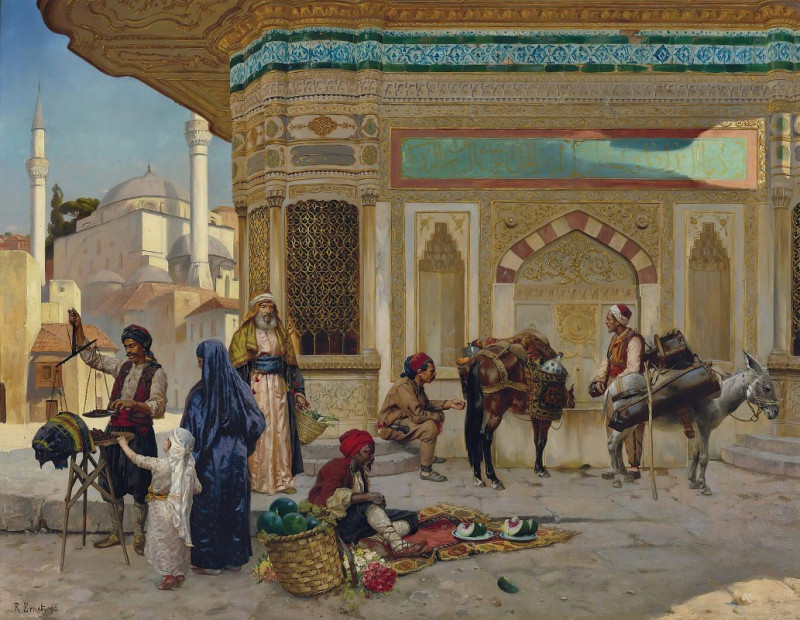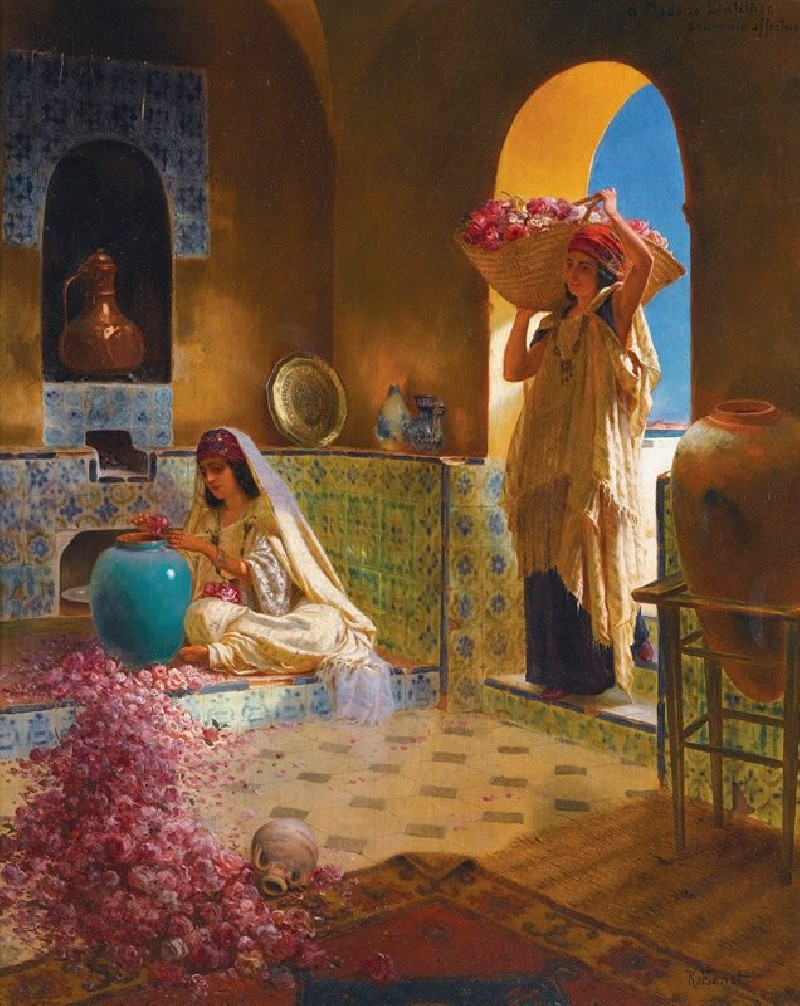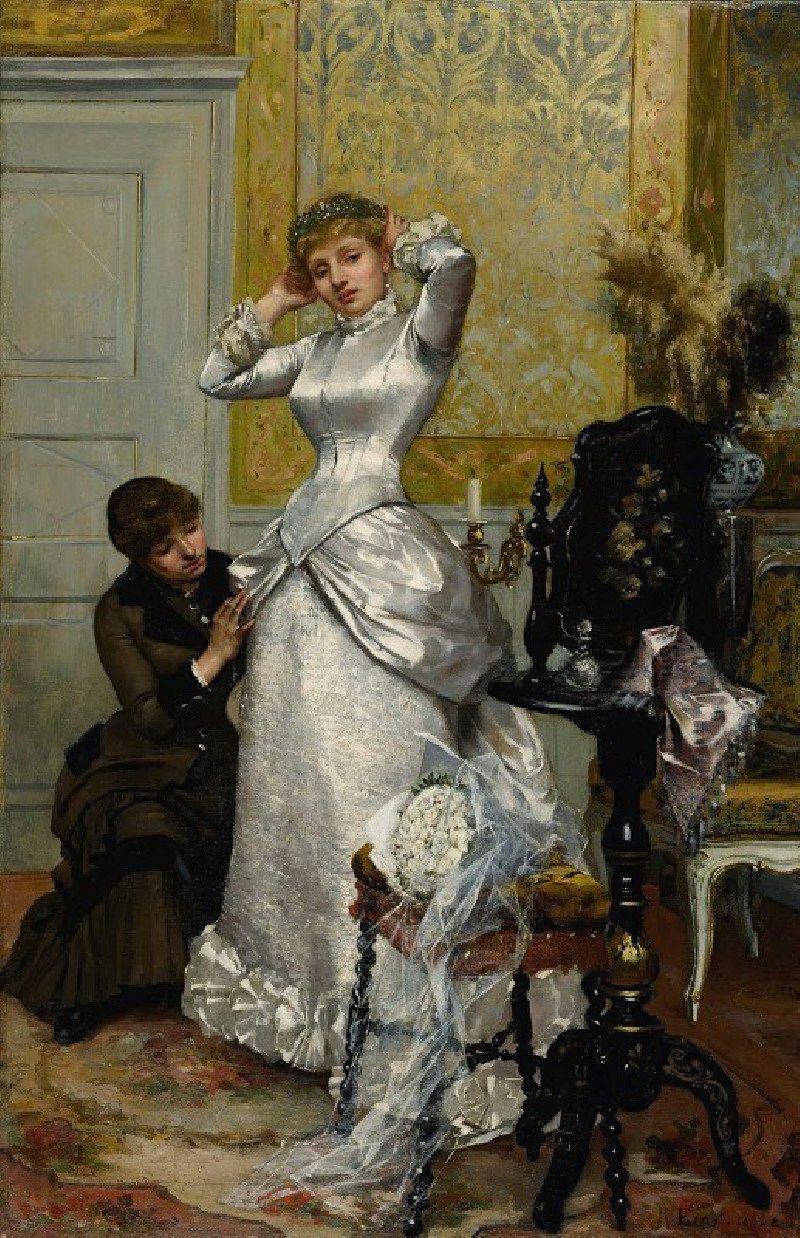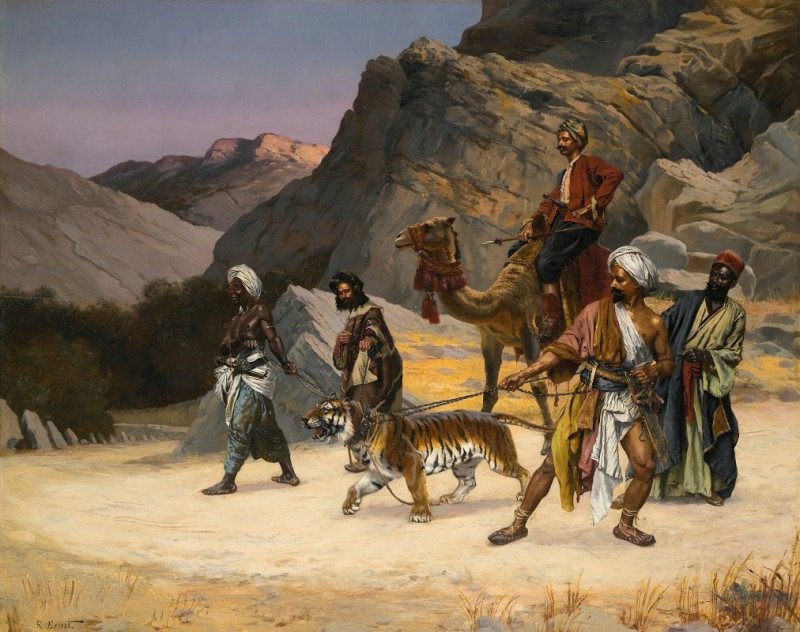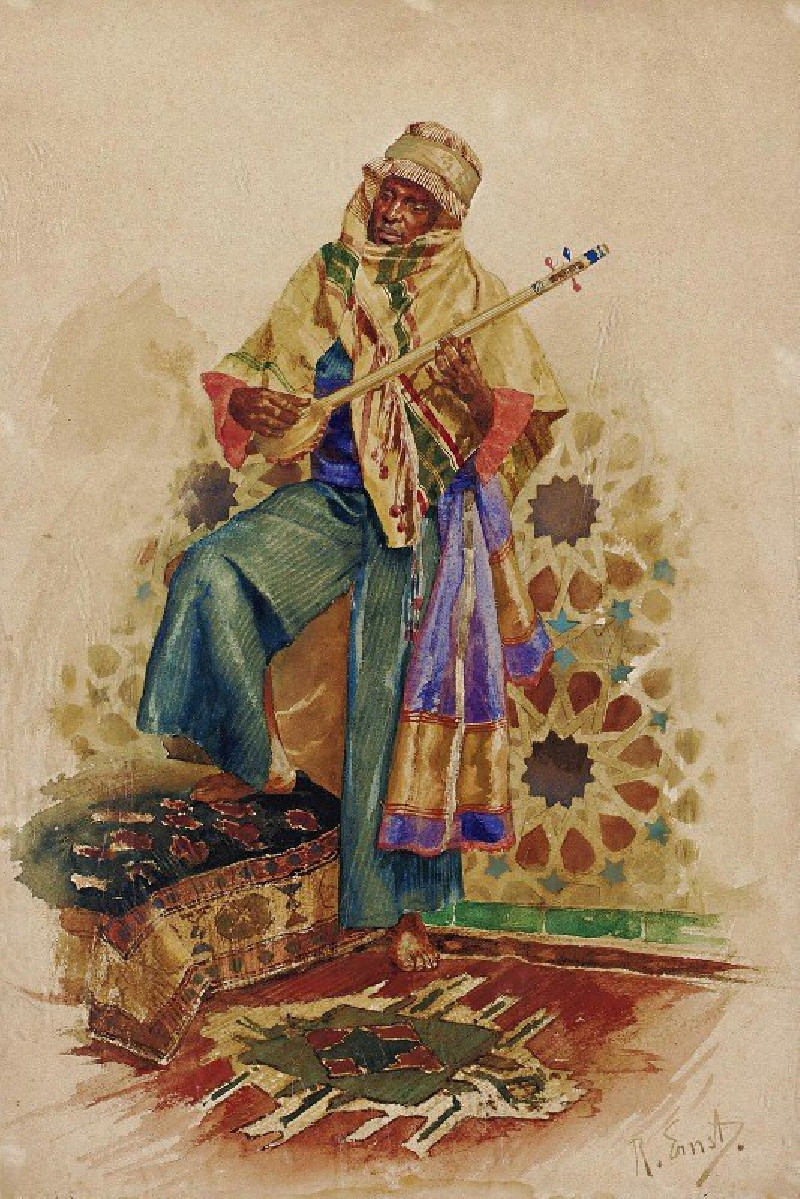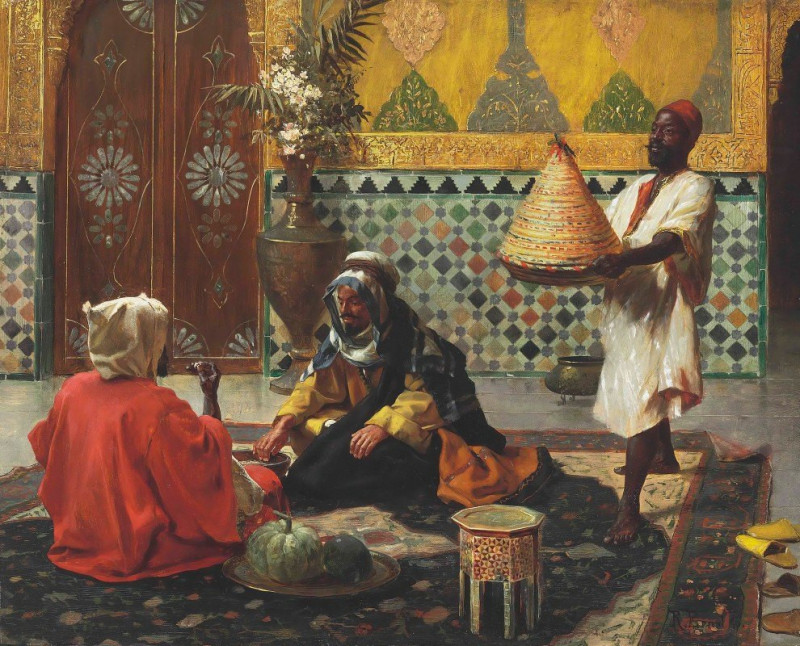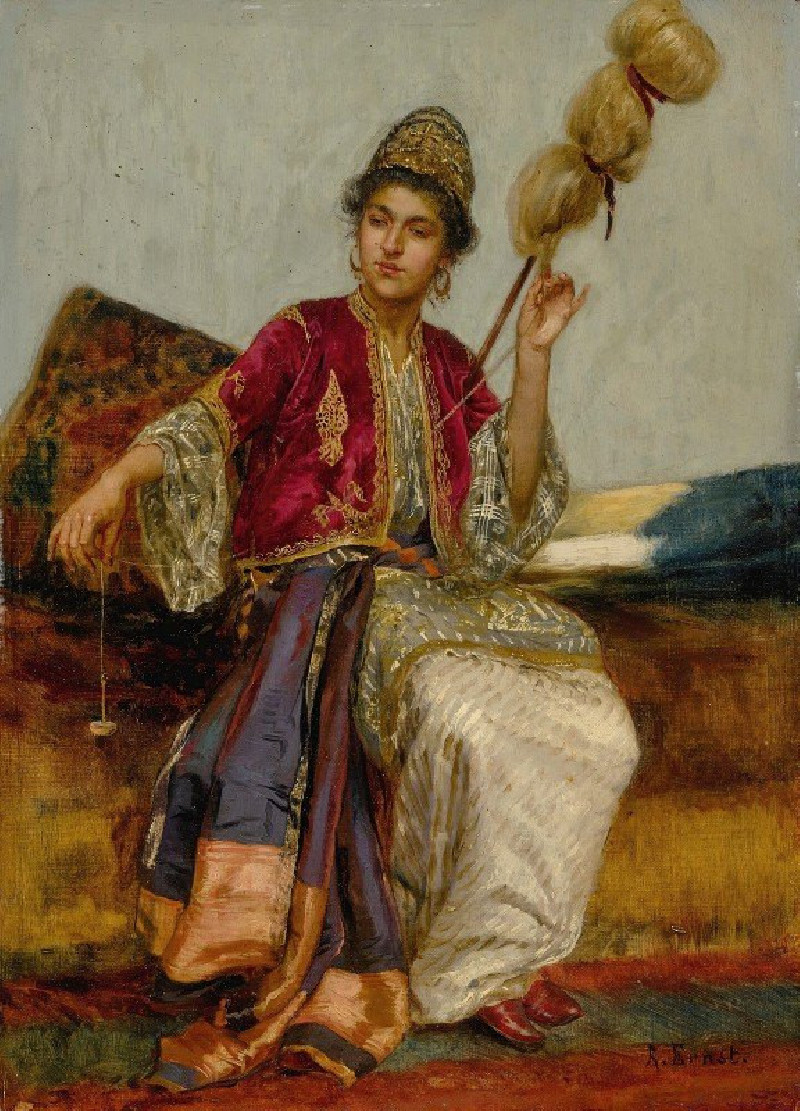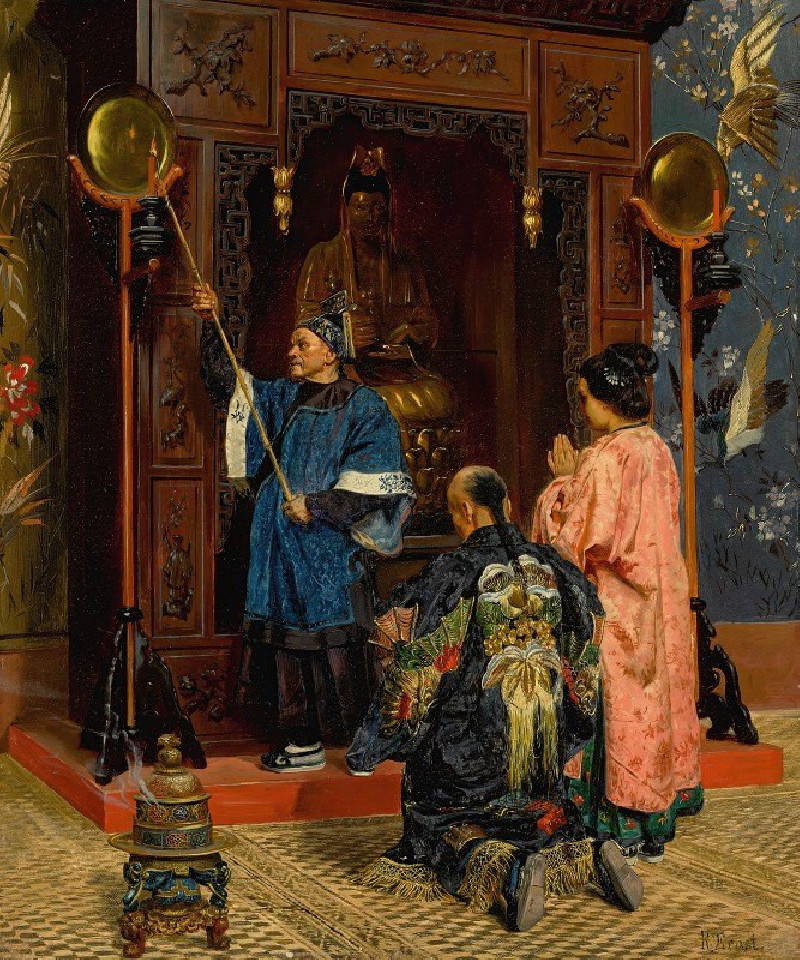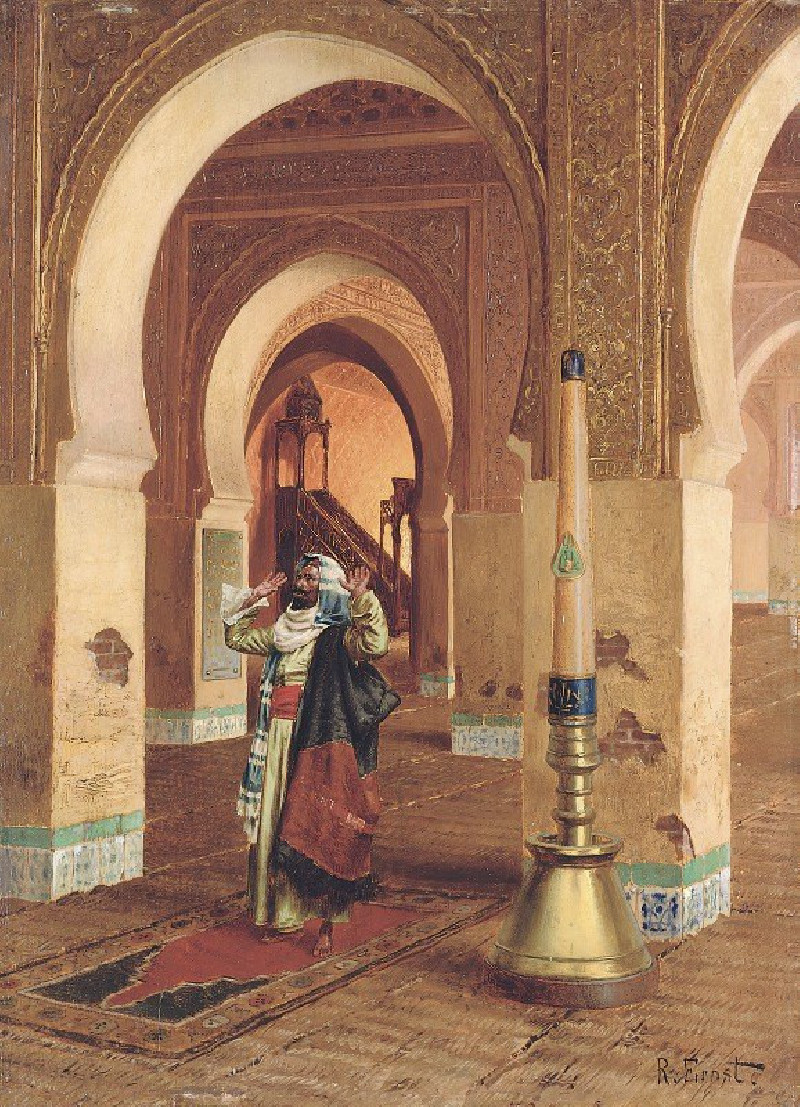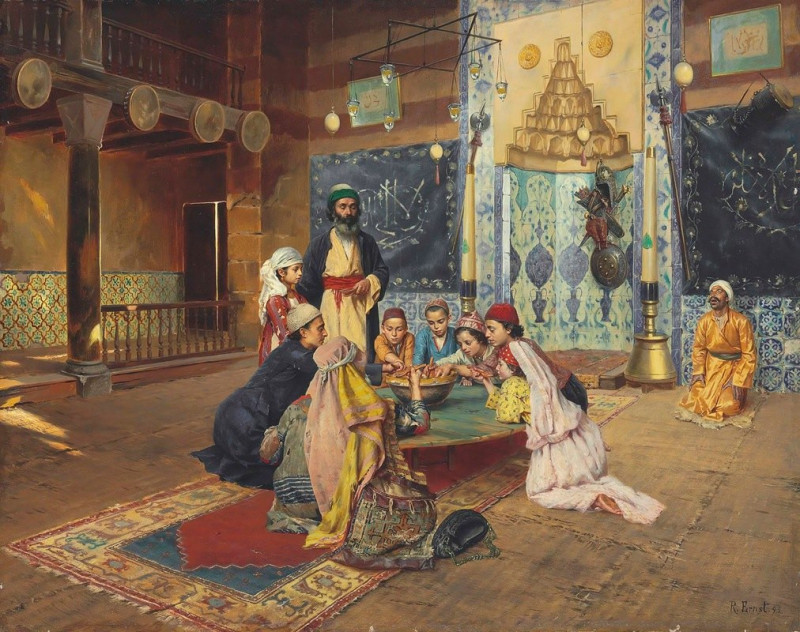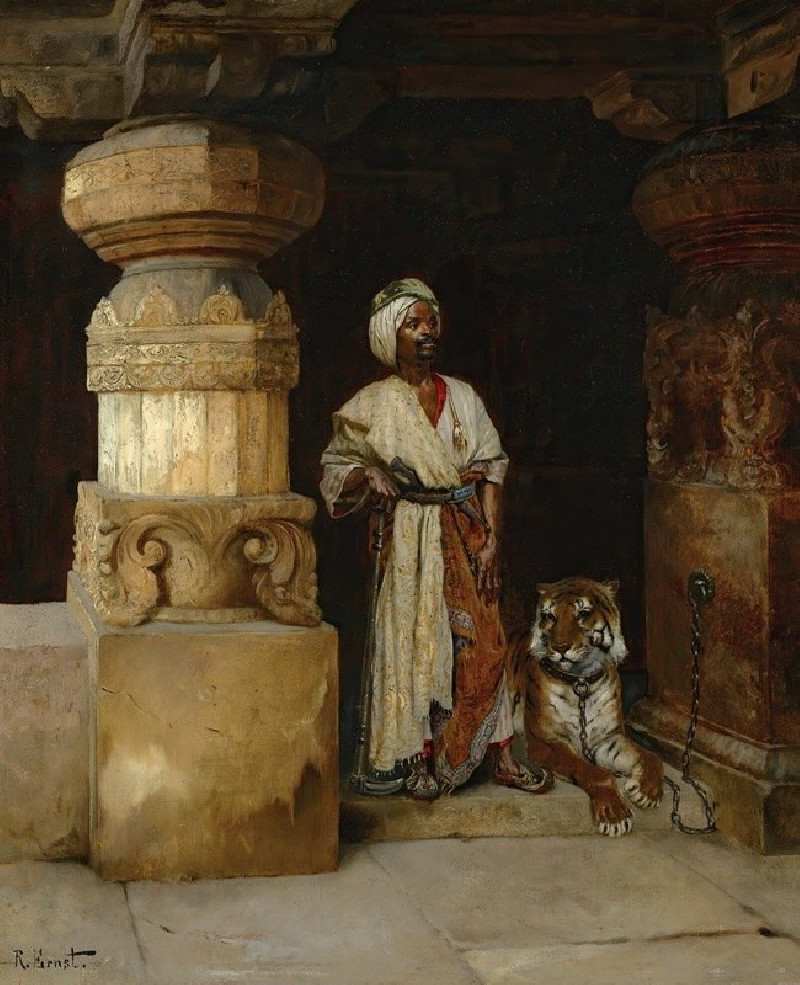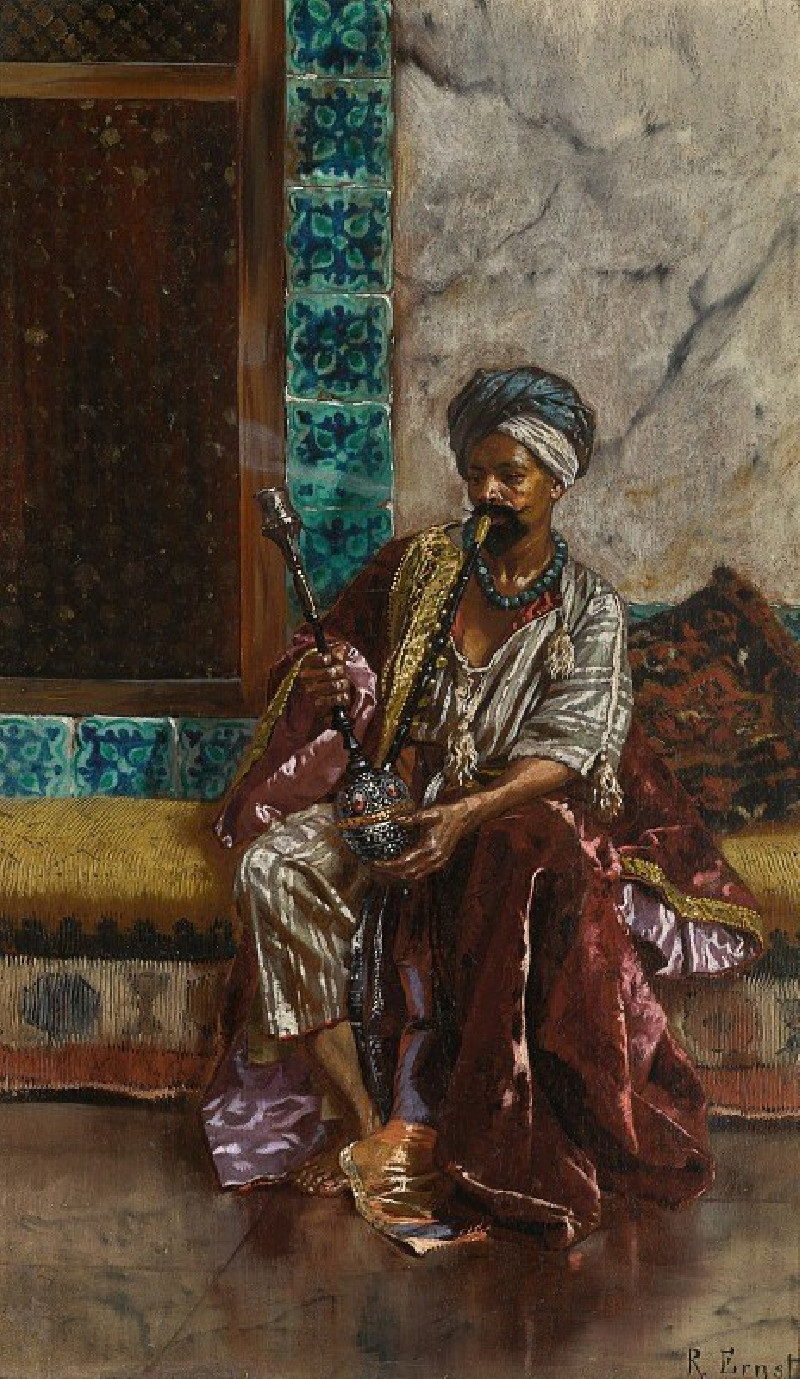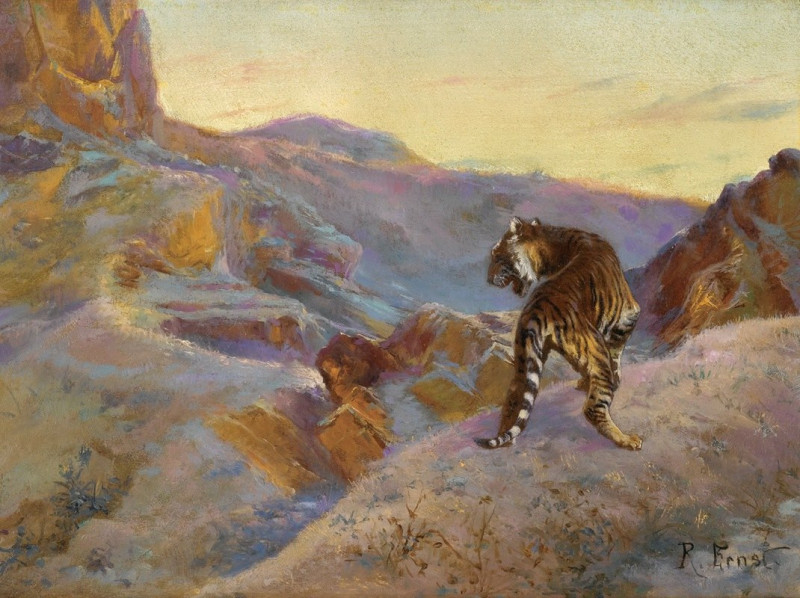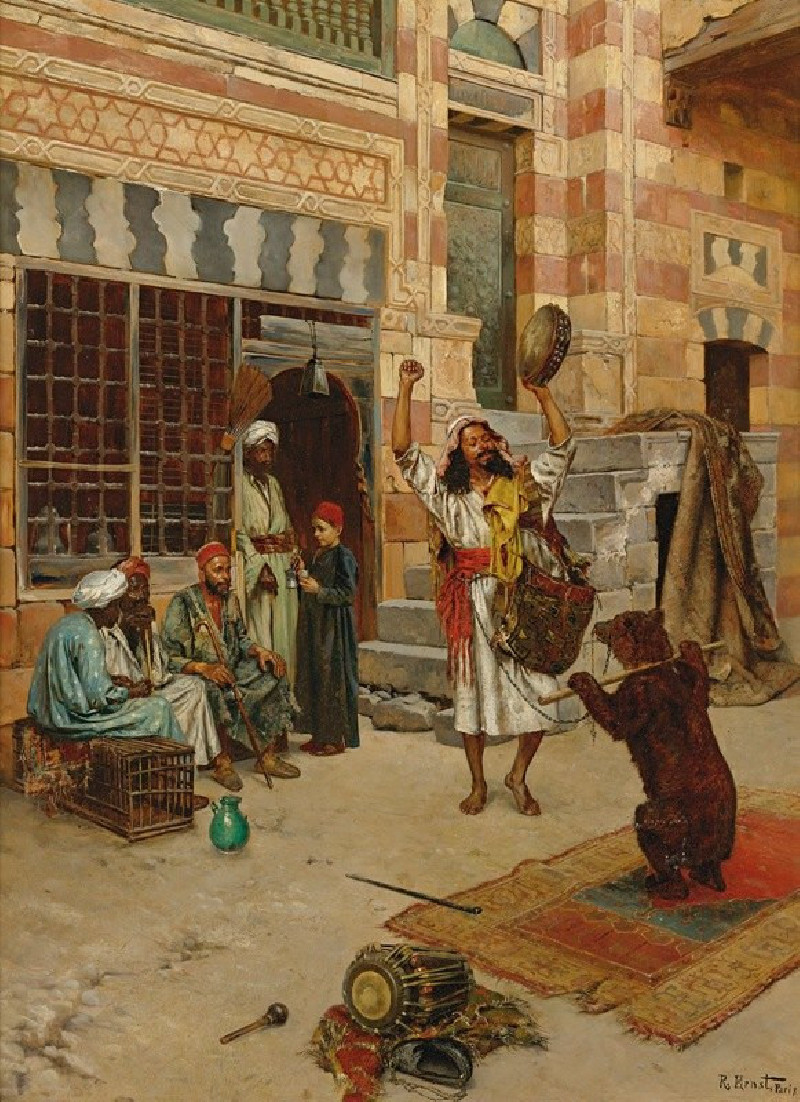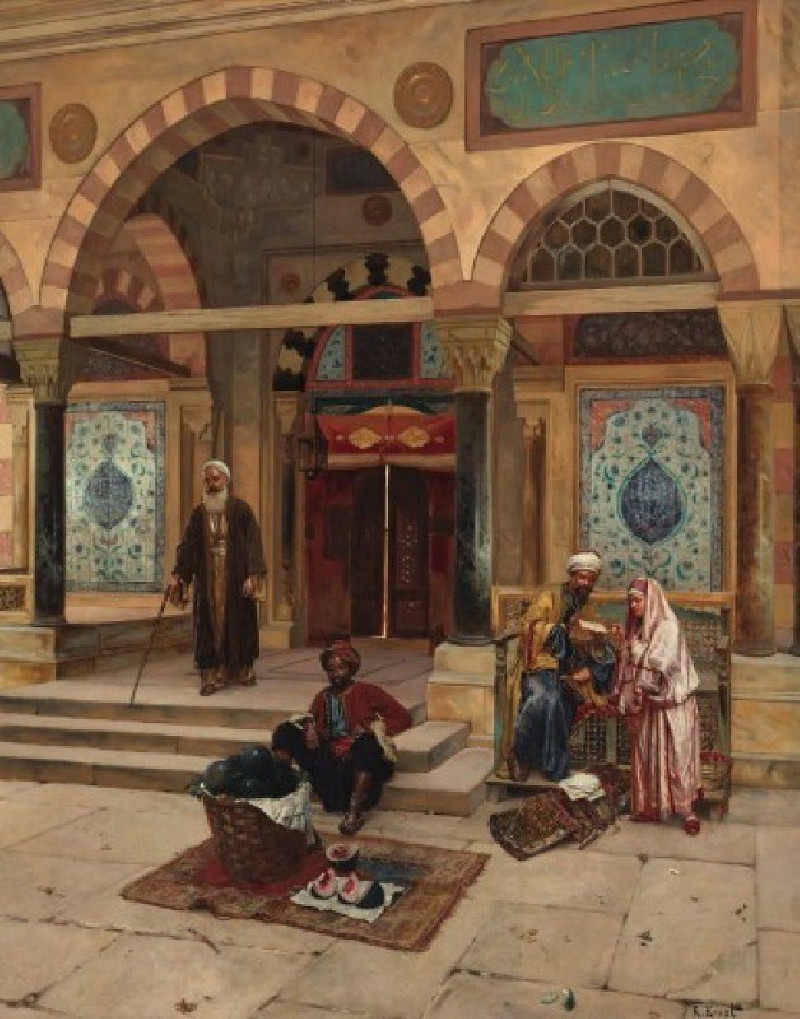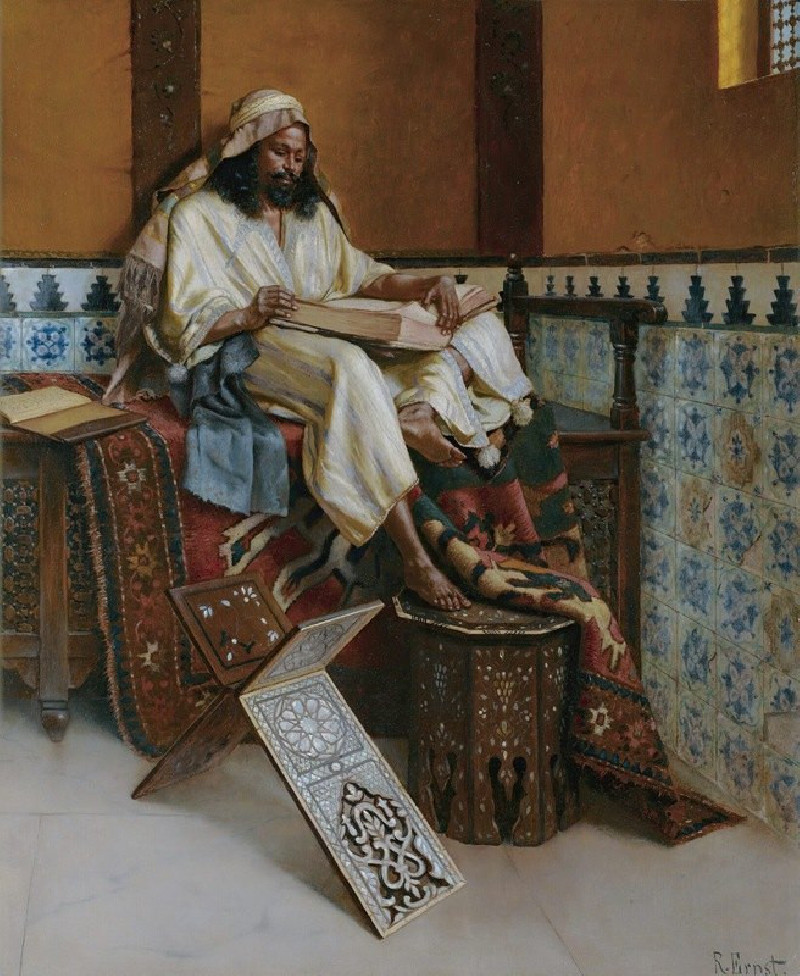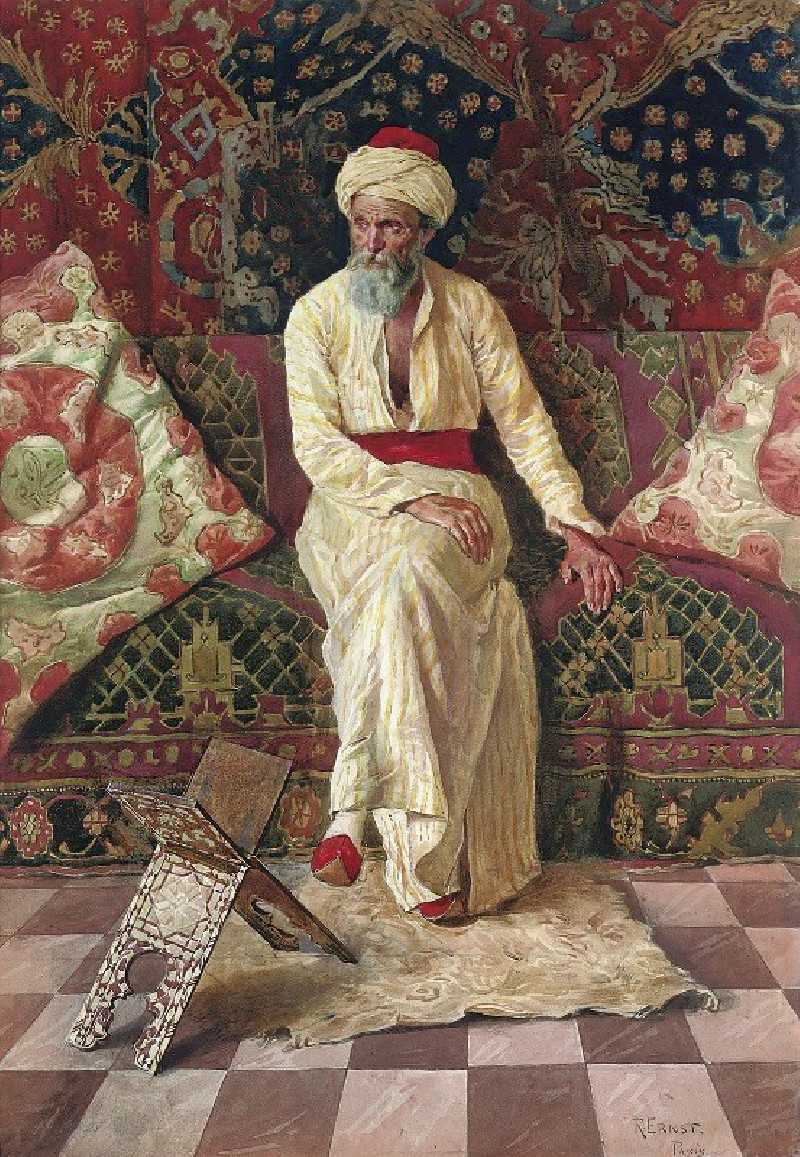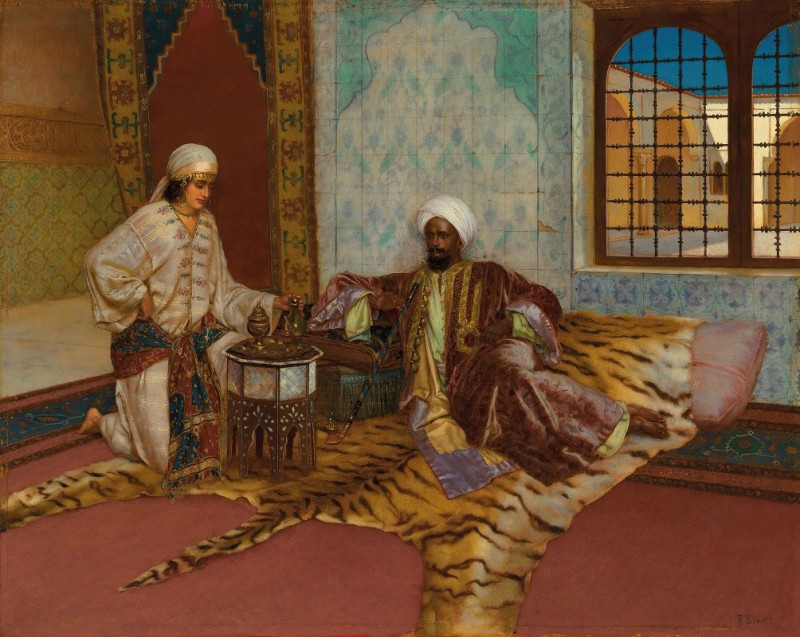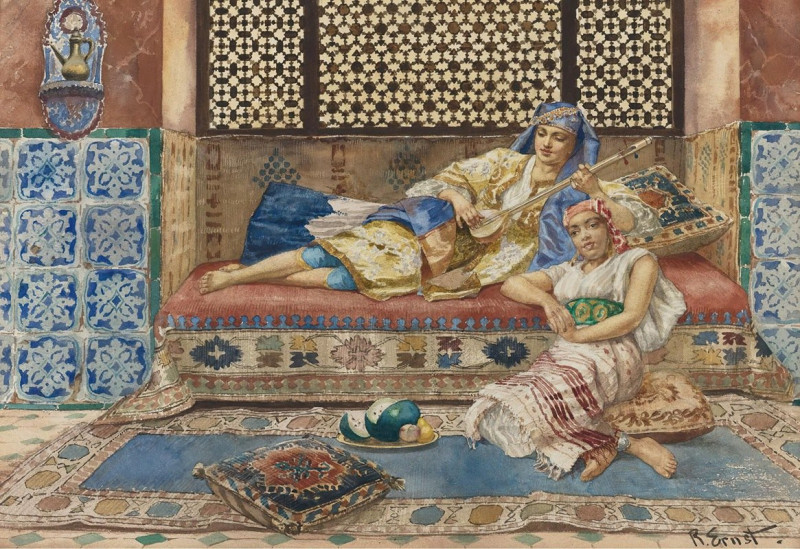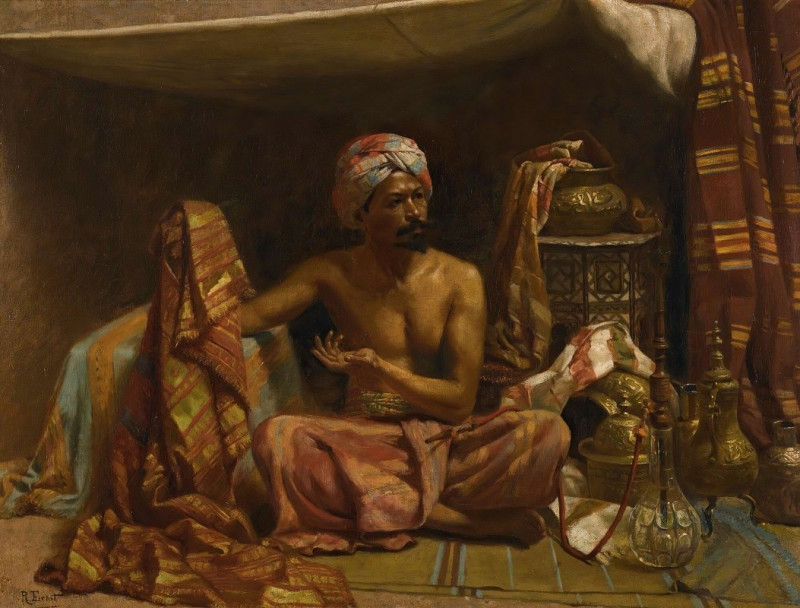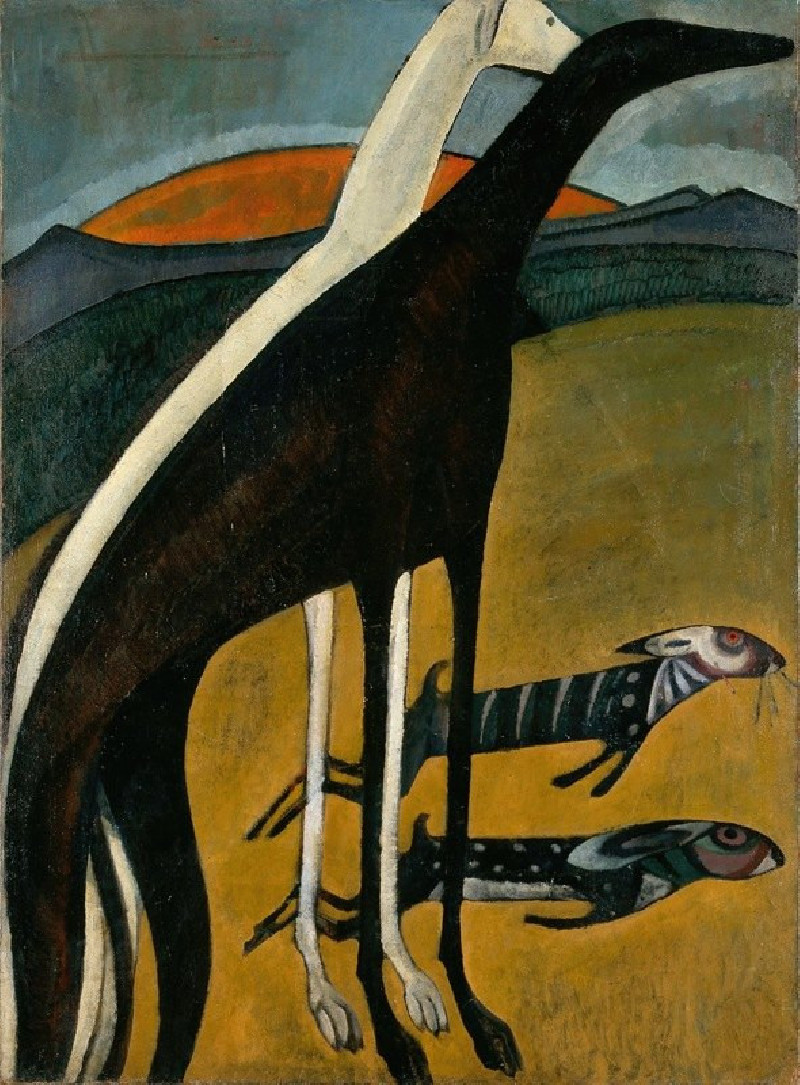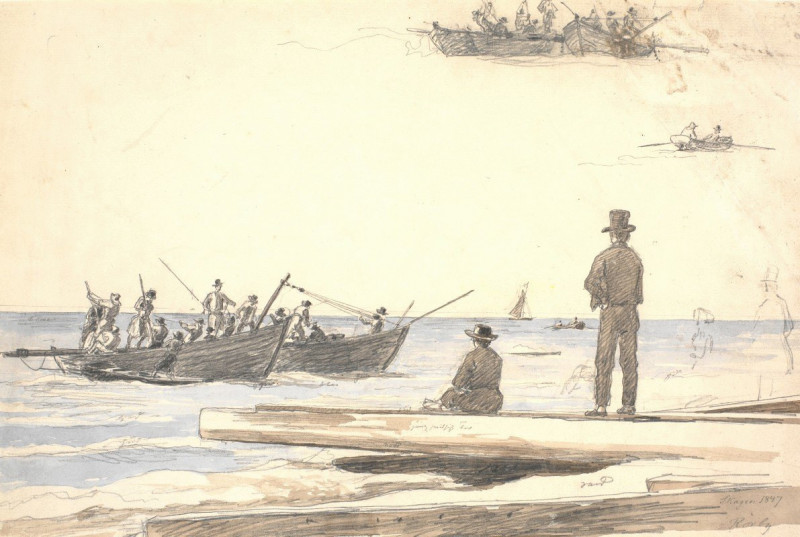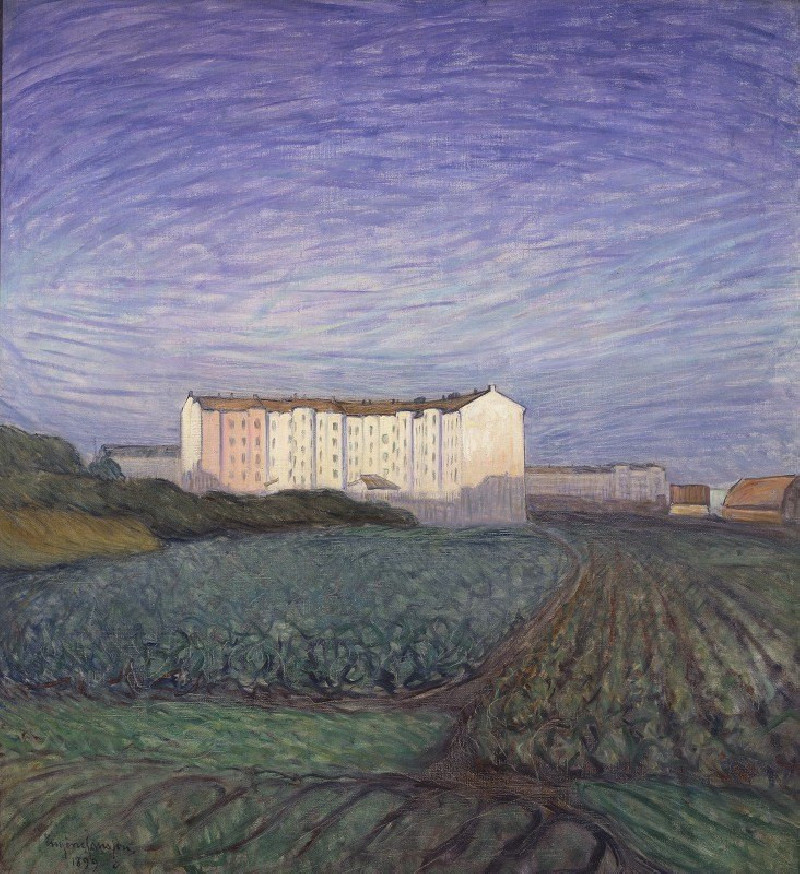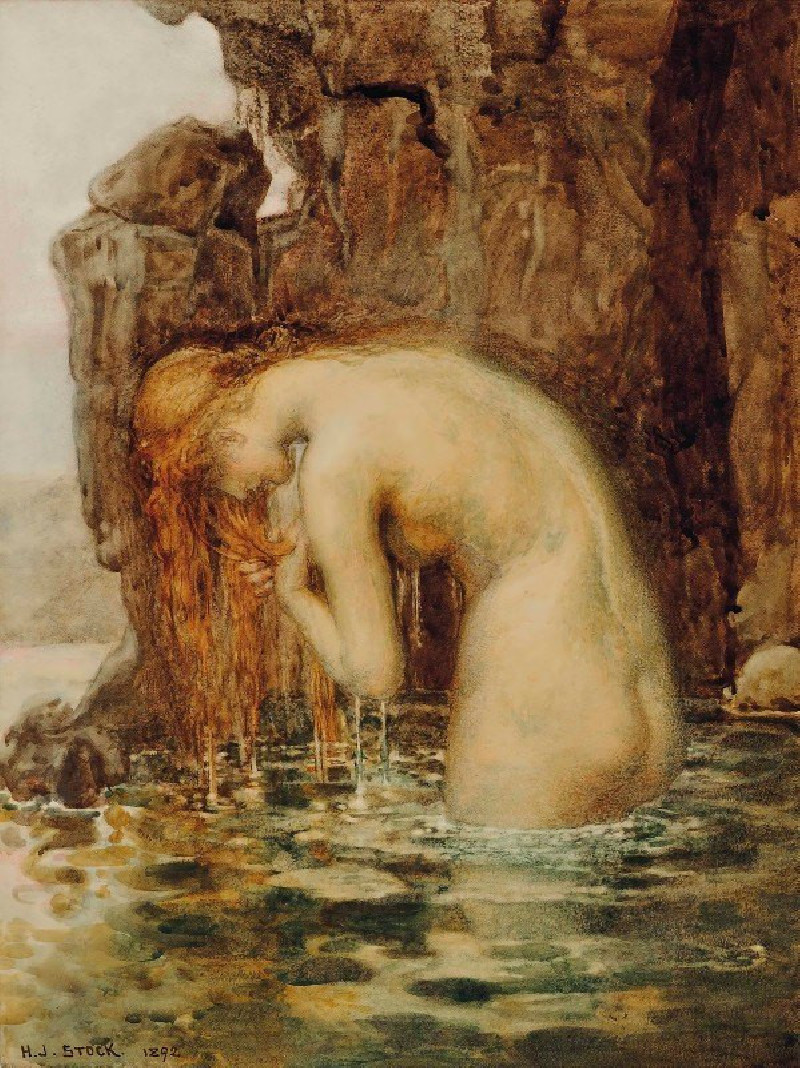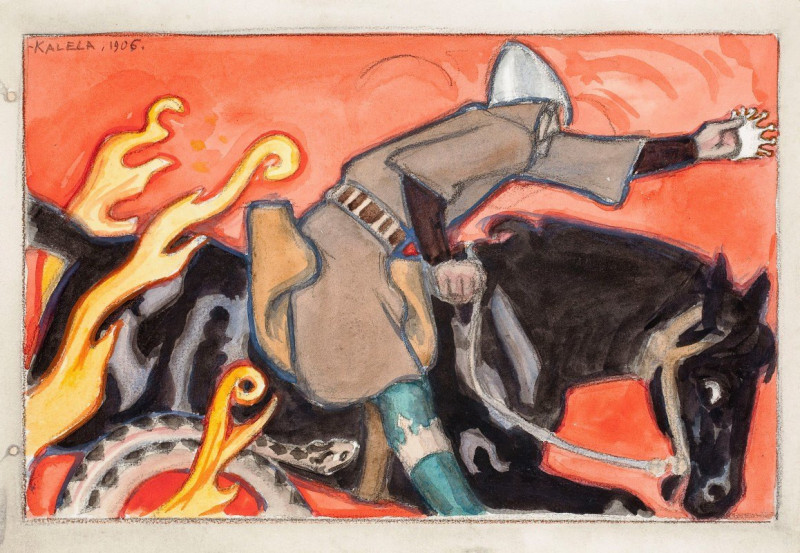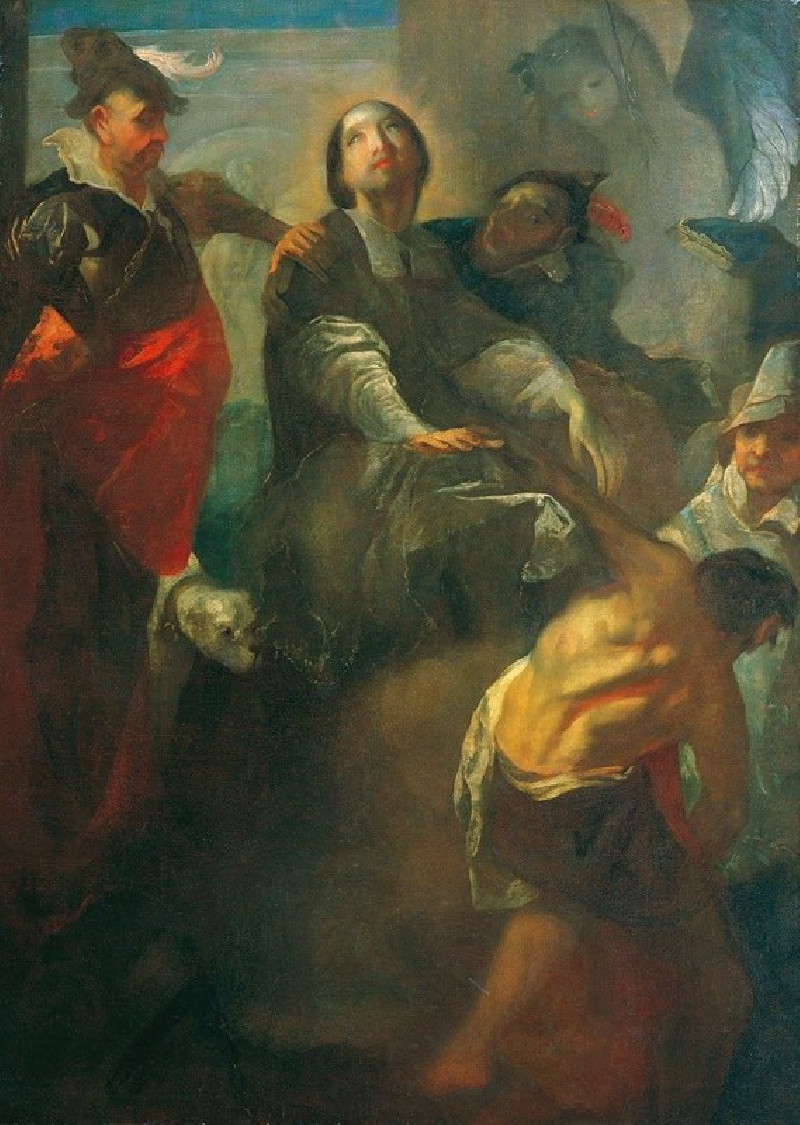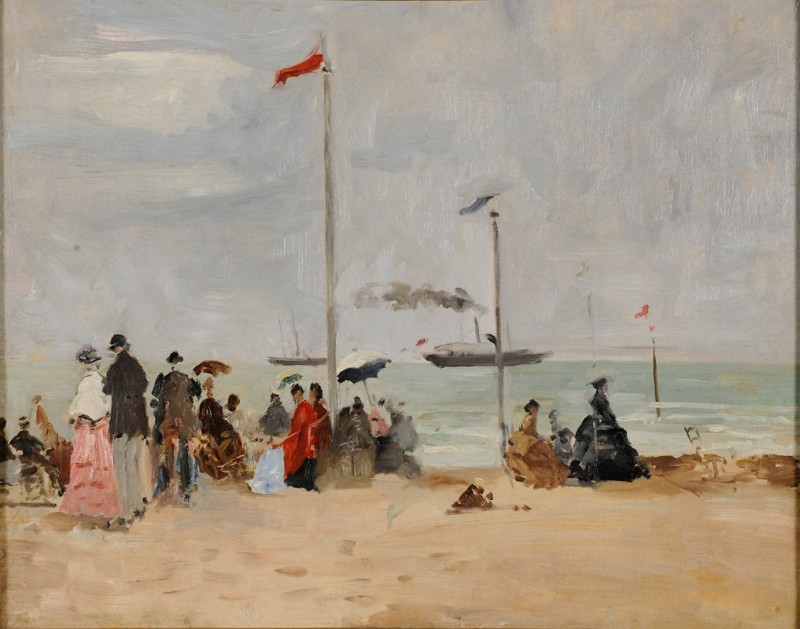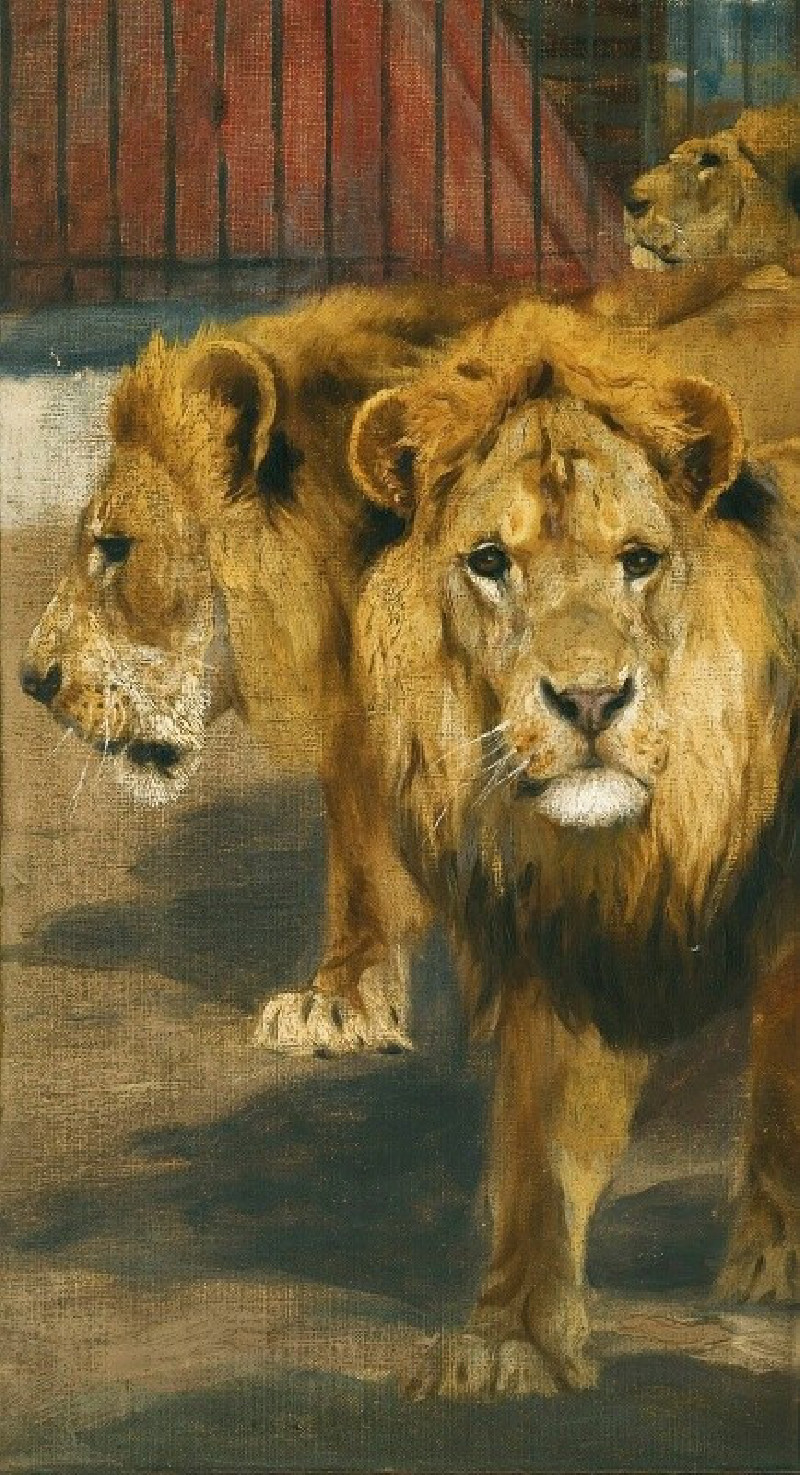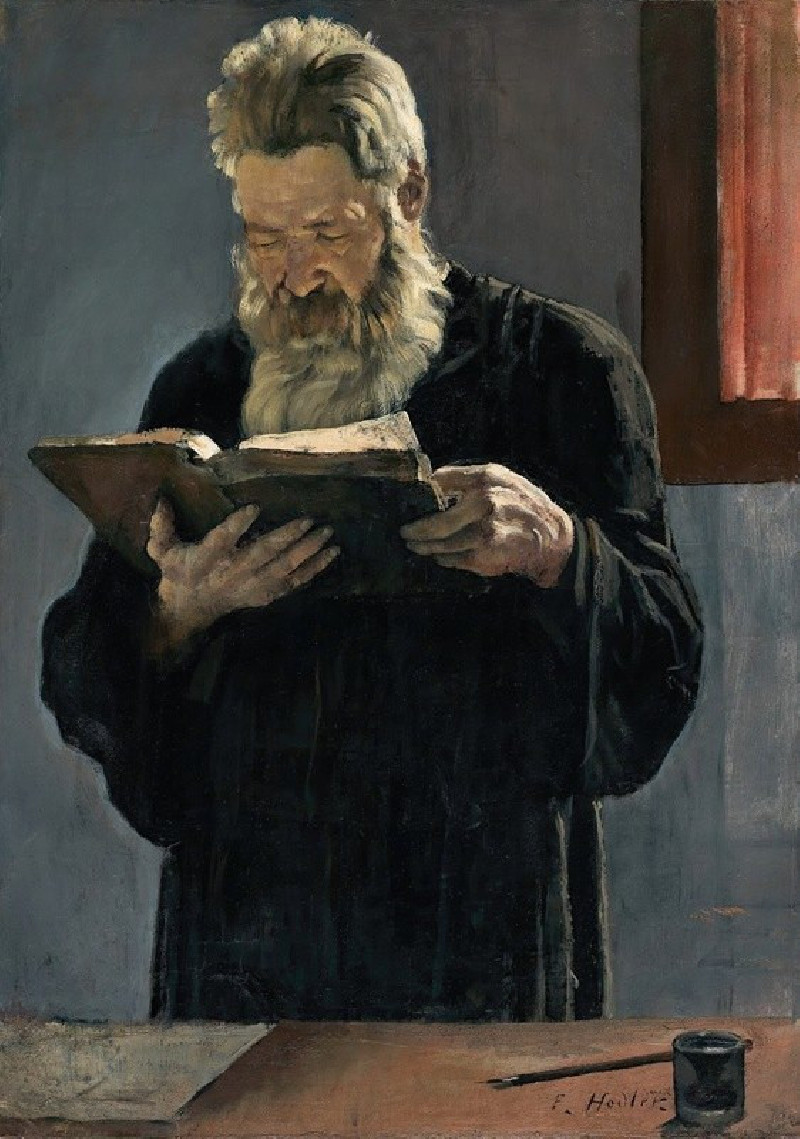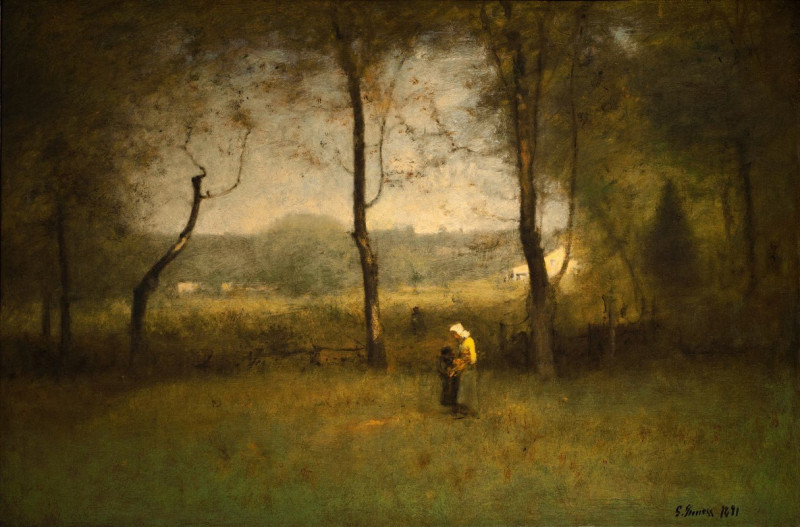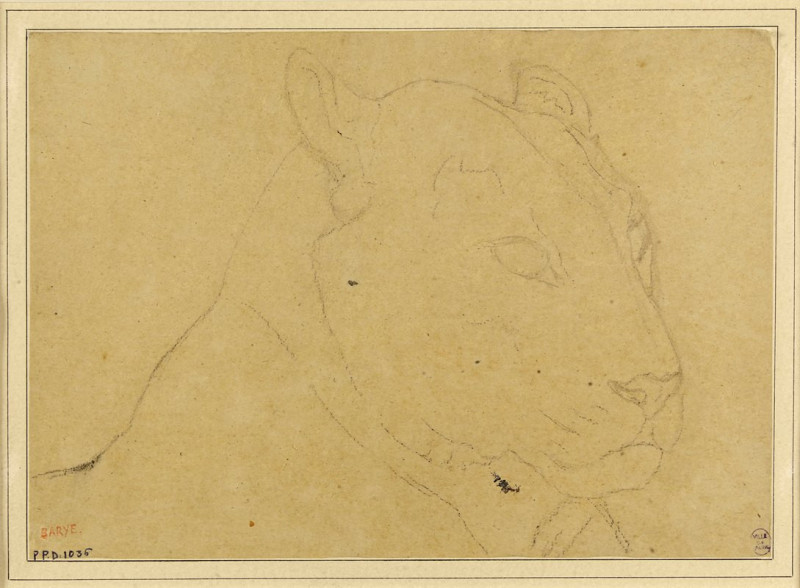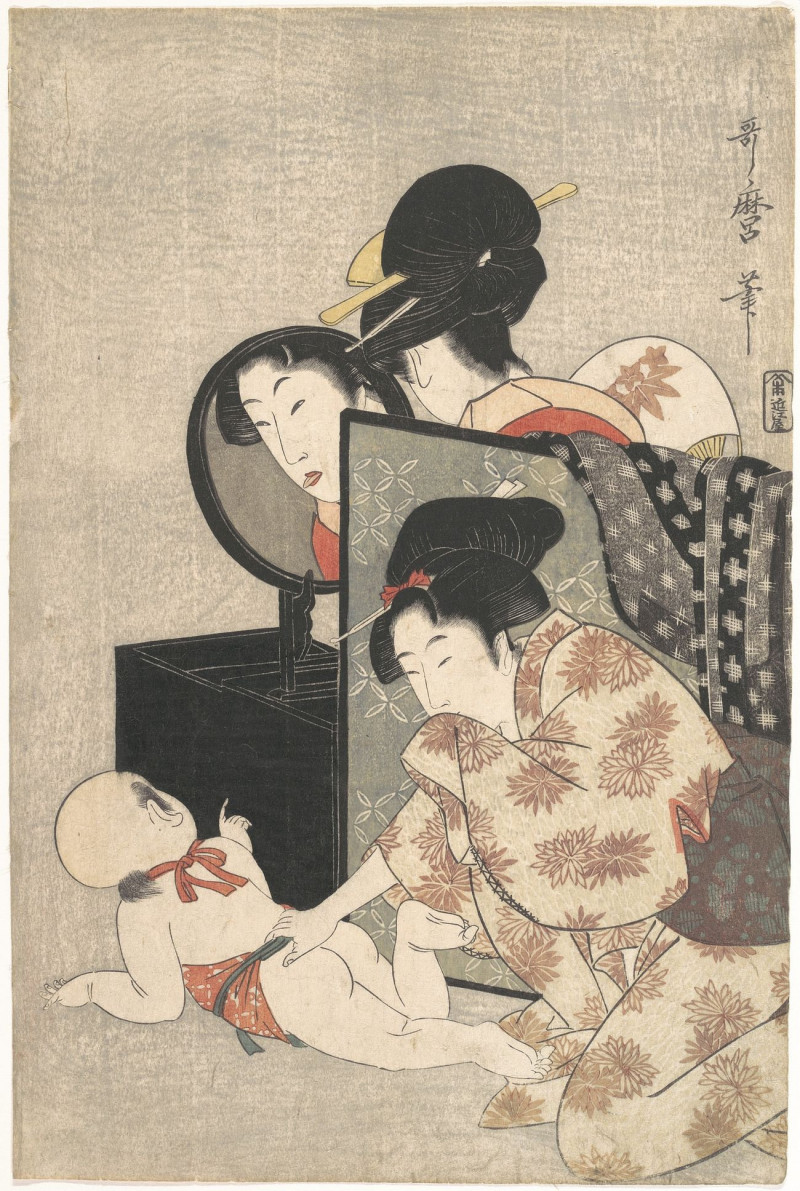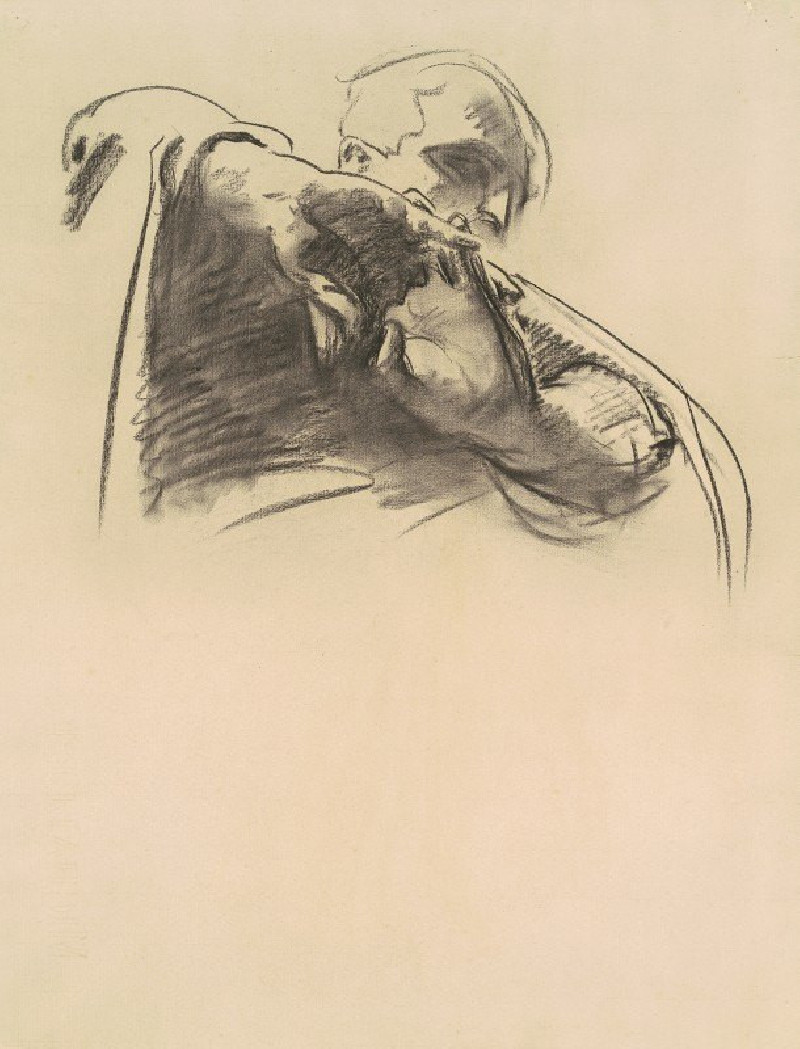The New Bride
Technique: Giclée quality print
Recommended by our customers
More about this artwork
Rudolf Ernst's vibrant and intricate painting, "The New Bride," offers a fascinating glimpse into a traditional wedding scene set against the backdrop of rich architectural details reminiscent of the Middle East. Through vivid coloration and meticulous attention to detail, Ernst brings to life an occasion filled with tradition and celebration.The focal point of the work is the new bride, who is artistically nestled under a festively adorned canopy, surrounded by female attendants. Clad in sumptuous red and gold fabrics that hint at her central role in the ceremony, the bride's figure captures the viewer's attention with a mix of elegance and mystery, as her face is partially veiled. The attendees, including an array of musicians and onlookers, are depicted in traditional attire, adding layers of texture and color to the scene.Around the canopy, musicians play traditional instruments, creating an aura of festivity that echoes through the composition. Their dynamic poses and the rhythmic flow of their garments bring a sense of movement, enhancing the overall vibrancy of the painting.Noticeably, a solitary older man sits in the foreground, perhaps signifying wisdom and tradition, observing the scene with a quiet dignity. His presence, juxtaposed with the active celebration surrounding him, adds depth to the narrative Ernst skillfully weaves across this canvas.Detailing extends to the meticulously rendered architectural elements, including the intricately carved stone and wooden beams. Such details not only enrich the visual experience but also anchor the painting in a distinctly historical and geographical context that invites viewers to explore and imagine the stories behind the celebration.Ernst's "The New Bride" is an exemplary piece that not only showcases his technical prowess but also his ability to capture and convey cultural richness through the medium of paint.
Delivery
Returns
Rudolf Ernst was an Austro-French painter, printmaker and ceramics painter who is best known for his orientalist motifs. He exhibited in Paris under the name "Rodolphe Ernst".
He was the son of the architect Leopold Ernst and, encouraged by his father, began studies at the Academy of Fine Arts Vienna at the age of fifteen. He spent some time in Rome, copying the old masters, and continued his lessons in Vienna with August Eisenmenger and Anselm Feuerbach.

